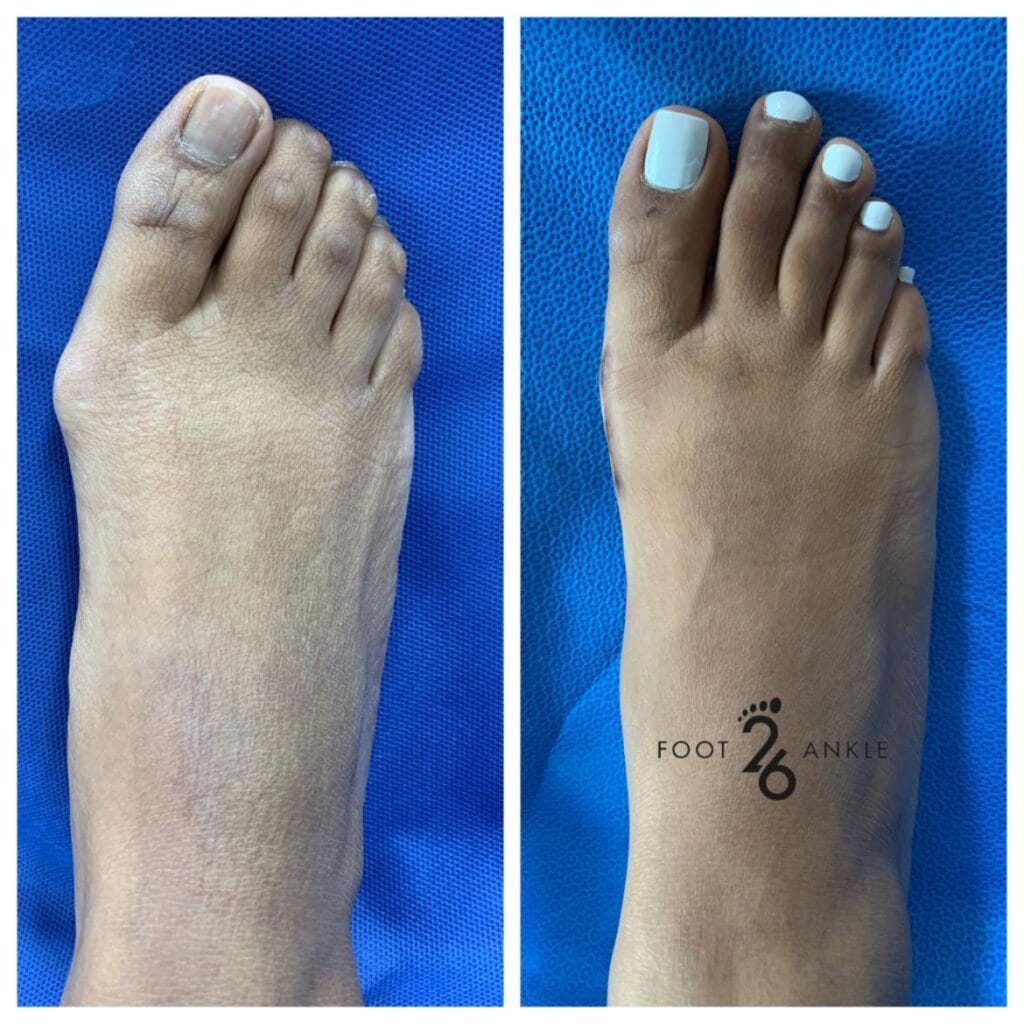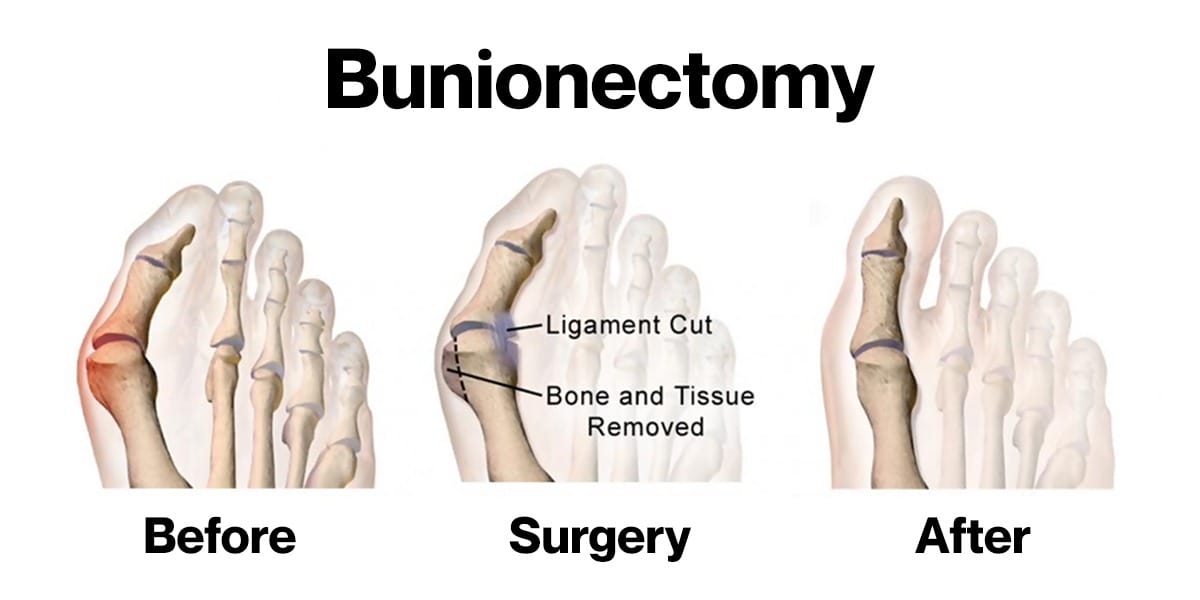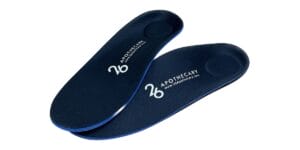Our comprehensive exploration of bunion procedures continues with a focus on the traditional bunionectomy, a tried-and-true method for addressing bunions. Traditional bunion surgery primarily focuses on addressing the deformity at the head of the first metatarsal.
A range of bone-cutting procedures, known as osteotomies, are performed to realign and reposition the big toe joint into a more neutral position. These bone cuts are secured with internal fixation, typically small screws or pins, to maintain the bone’s position until it fully heals. While these fixtures may stay in the foot indefinitely, they can be removed if they cause discomfort or become problematic in the future. Notably, these internal fixations are usually composed of stainless steel or titanium, minimizing the risk of allergic reactions and unlikely to trigger metal detectors.
Understanding Bone Cuts
Bunion surgery encompasses several different bone-cutting techniques, but for simplicity’s sake, this article will focus on two common methods: the Austin osteotomy and the Chevron osteotomy. During the procedure, once the surgeon exposes the head of the first metatarsal, they often remove the prominent bony protrusion. The quality and strength of the bone dictate the choice of osteotomy. Most contemporary bunion surgeries opt for either the Chevron or Austin cut.
In these procedures, a V-shaped cut is made on the side of the bone. This cut allows the surgeon to reposition the head of the first metatarsal within the foot, further reducing the prominence of the bone and aligning the big toe. Once repositioned, the bone is secured with the previously mentioned internal fixation. It is essential to understand that merely removing the bony bump without performing the bone cut increases the likelihood of bunion recurrence. A bone cut is crucial for proper joint realignment and minimizing the chances of deformity reoccurrence.

Post-Surgery Recovery
After the surgery, a soft dressing is applied to the foot, and patients are encouraged to walk immediately using a protective walking boot. This feature represents one of the advantages of traditional bunion surgery, as it enables patients to return to their regular activities more rapidly compared to more aggressive procedures. During the initial six weeks post-surgery, patients are advised to limit their activities to allow the bone to mend effectively. Around the second to fourth week, patients typically begin transitioning back to athletic-style shoes and introduce range-of-motion exercises
Swelling in the foot is a common occurrence during the recovery period, closely tied to the patient’s healing ability and activity levels post-surgery. While physical therapy is not always required for bunion surgery, it can expedite the return to normal activities.

The success of the Austin Osteotomy
The Austin osteotomy has been performed for decades and is well-established as a reliable and predictable procedure. It has proven effective for many patients in alleviating pain and correcting bunions. If you are considering surgery for a painful bunion and wish to explore your options, consulting with a podiatrist is a prudent step. A podiatrist can help determine which bunion surgery procedure is best suited to your specific condition and needs.

Benefits and Risks
Traditional bunion surgery offers several benefits. It can effectively correct the deformity, reduce pain, and improve the alignment of the big toe joint. The relatively quick post-surgery recovery period allows patients to return to their daily activities and resume wearing regular shoes sooner than with more invasive procedures. The use of internal fixation ensures the stability of the corrected bone alignment.
However, like all surgical procedures, there are risks involved. These risks may include infection, poor wound healing, nerve damage, and, in rare cases, issues related to internal fixation. Patients must be prepared for potential discomfort and swelling during the recovery period.

Consulting with a Podiatrist
If you are considering bunion surgery to address the pain and discomfort caused by this condition, it is advisable to consult with a podiatrist. A podiatrist specializes in foot and ankle care and can help determine which bunion surgery procedure is best suited to your specific condition and needs. They will conduct a thorough assessment and discuss the most suitable options with you, ensuring that you make an informed decision.

Conclusion
Traditional bunion surgery, such as the Austin osteotomy, offers patients an established and effective solution to address the discomfort and deformity associated with bunions. The procedure’s long-standing success and quick post-surgery recovery period make it a viable choice for many patients. Should you be contemplating foot surgery in the near future, consider the options available and weigh them in consultation with a qualified podiatrist. In our next article, we will delve into advanced bunion surgery procedures, offering a comprehensive view of the options available to you.



